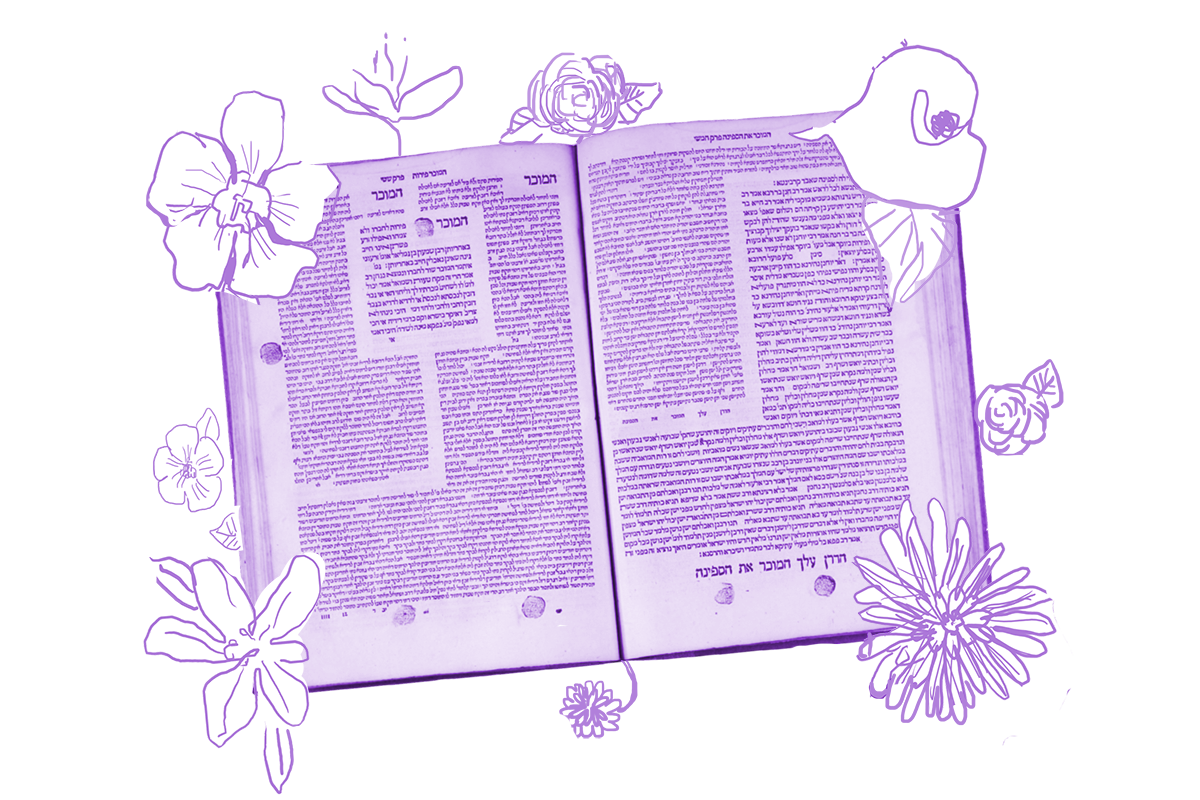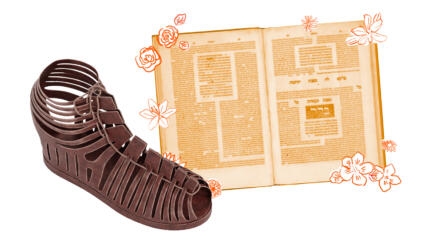The Talmud is tough because it assumes holistic knowledge of the whole Talmud, referencing texts and rulings that come much earlier or much later without stopping to really explain what the rabbis are talking about. The Talmud was not meant for beginners. We see this very clearly on today’s daf.
The Talmud is discussing whether one can “uproot” a mitzvah found in the Torah. By uproot, the Talmud means to annul it or to otherwise make it inoperative. Given the rabbis’ reverence for Torah, on its face this is quite surprising: Can the rabbis uproot a mitzvah?
One rabbi says that most of the time, it is forbidden to change a mitzvah, but:
Sit and refrain from action is different.
With your help, My Jewish Learning can provide endless opportunities for learning, connection and discovery.
According to this sage, the rabbis can tell someone to not perform a mitzvah, but they cannot tell someone to violate the law. Action, no; inaction, yes.
At this point, Rav Hisda chimes in with some serious holistic Talmud knowledge. He says to Rava:
I wanted to raise a difficulty against you from the halakhah of an uncircumcised man, sprinkling, a knife, a cloak and tzitzit, the lambs offered on Shavuot, shofar, and lulav. Now that you have resolved for us that “sit and refrain from action” is not uprooting, these are also cases of sit and refrain from action.
Rav Hisda names seven other halakhot in which the rabbis teach that one is forbidden from doing something that the Torah commands them to do. And when I say he names them, I mean he literally just names them and moves on. To know what he is talking about, you have to either know the entire Talmud or read one of the many helpful medieval or modern commentaries on the tractate.
Rava’s teaching on today’s daf allows Rav Hisda to extrapolate and understand rabbinic rulings found all across the Talmud. Rav Hisda’s point is that at first glance, these look like they are attempts to uproot or override Torah law, but given Rava’s teaching, he now understands that the rabbis are permitted to tell people not to observe these laws at particular times.
Let’s look at one of these seven cases in more depth: the cloak and tzitzit. According to Torah in Deuteronomy 22:12, one is obligated to put ritual fringes on clothing items that have four corners. However, the rabbis insist on one exception: no tzitzit can be placed on linen clothing.
Why not? Their prohibition is rooted one verse earlier in Deuteronomy 22:11, which states: “You shall not wear cloth combining wool and linen,” a prohibition called shatnez in Hebrew. Tzitzit are made of wool, and combining them together with a linen cloak would be a case of shatnez.
But how could the rabbis prohibit something (putting fringes on a cloak) that is required by the Torah?! Rav Hisda now comes to understand that it is because, to harmonize the Torah obligations, they are commanding an inaction, not an active violation of Torah law. That kind of command is not technically uprooting.
To understand the two Aramaic words in the Talmud that translate to “cloak and tzitzit,” you need to know the two relevant Torah laws, that cloaks are made of linen, that fringes are made of wool, and that the rabbis prohibit putting tzitzit on a linen cloak. That’s a lot. We won’t actually learn the laws of tzitzit in depth until we get to Tractate Menahot in 3.5 years.
Rav Hisda’s statement is a reminder to us that the Talmud’s ideas are all connected in ways that can at times be hard to track but can also shed light on each other. The more we continue to learn, the more we will understand not only what we are currently reading but also what we have already learned. And that’s pretty exciting.
Read all of Yevamot 90 on Sefaria.
This piece originally appeared in a My Jewish Learning Daf Yomi email newsletter sent on June 5th, 2022. If you are interested in receiving the newsletter, sign up here.



